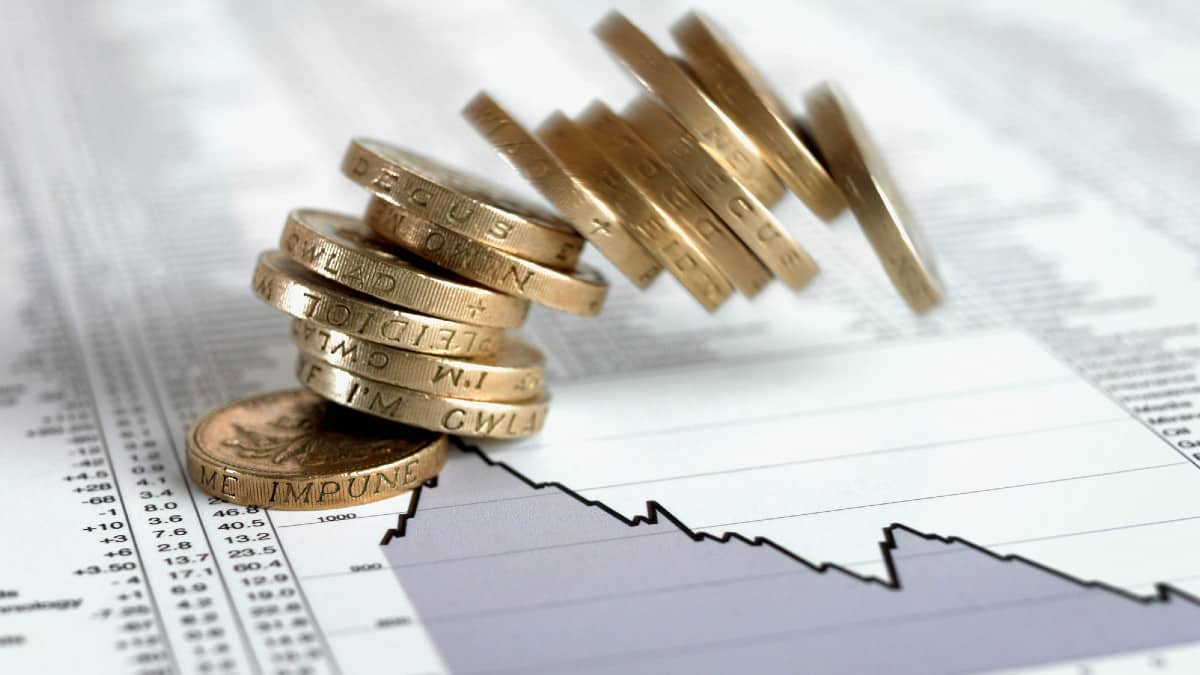Unlock the US Election Countdown newsletter for free
The stories that matter on money and politics in the race for the White House
Donald Trump’s economic plans are forecast to raise the federal debt by roughly double the increase expected if Kamala Harris is elected, according to new analysis from the Committee for a Responsible Federal Budget, a non-partisan group in Washington.
Through 2035, the federal debt is projected to swell by $7.5tn if the former president clinches the White House and follows through with his pledge to lower taxes for individuals and businesses, apply heavy tariffs on imported goods and deport millions of immigrants, among other proposals.
Vice-president Harris’s platform, featuring expanded tax credits for small businesses, improved access to affordable childcare and housing but higher corporate taxes, is estimated to increase the debt by $3.5tn over the same period.
The report, which warned of heightened risk of “an eventual fiscal crisis”, comes with just five weeks until the US presidential election. Polls indicate a tight race between the two candidates, who have both made the economy a focal point of their campaigns.
“The next president will face significant fiscal challenges upon taking office, including record debt levels, large structural deficits, surging interest payments, and the looming insolvency of critical trust fund programmes,” the CRFB wrote in its report. It also warned of slower growth and weakened national security because of the country’s high debt burden.
The CRFB’s analysis highlights the extent to which Trump has abandoned the mantle of fiscal prudence that Republican candidates and conservative politicians have often cloaked themselves in when running for office. In addition to extending tax cuts he passed in 2017, he has recently vowed to enact new tax cuts if he wins office again.
These have ranged from a new reduction in the corporate tax rate to tax cuts at the individual level on income from overtime pay, tips and pensions. He has also promised to scrap a cap on tax deductions for state and local tax payments that was particularly loathed by wealthy suburban homeowners.
According to the CRFB, those tax cuts and other exemptions alone would increase the debt by about $9tn. A universal tariff and other levies are set to offset that rise by almost $3tn.
In the past Republicans have called for deep spending cuts, including for government healthcare and pension programmes, to offset their tax cut plans. But Trump has said he does not want to slash those schemes, and wants to cut spending on a much smaller sliver of the government budget affecting other domestic programmes, while also relying on tariffs to boost revenue.
The costliest parts of Harris’s platform revolve around the tax cuts and credits she wants to extend to households making $400,000 or less as well as families with young children.
Combined, those are poised to increase the debt by more than $4tn, which will in part be counterbalanced by a nearly $1tn windfall stemming from the increase in the corporate tax rate from its current 21 per cent level. While President Joe Biden had backed a big increase in the tax rate on capital gains, from 20 per cent to 39.6 per cent, Harris is proposing to increase it by a smaller amount, to 28 per cent, limiting the boost to revenues.
Given vast uncertainty about who will win, which policies will be enacted and how the economic outlook will evolve, the range of outcomes for the debt is quite big, the CRFB noted in its report. At best, Harris’s platform would not add to the deficit and at worst would increase it by $8.1tn. For Trump, it ranges from a $1.45tn increase to one just above $15tn.
The national debt stands at 99 per cent of gross domestic product and according to the Congressional Budget Office is poised to increase to 125 per cent 10 years from now if there are no changes to current laws. Under Harris, that ratio would rise 8 percentage points to 133 per cent of GDP. For Trump, it would rise 17 percentage points to 142 per cent of GDP.
Credit: Source link














